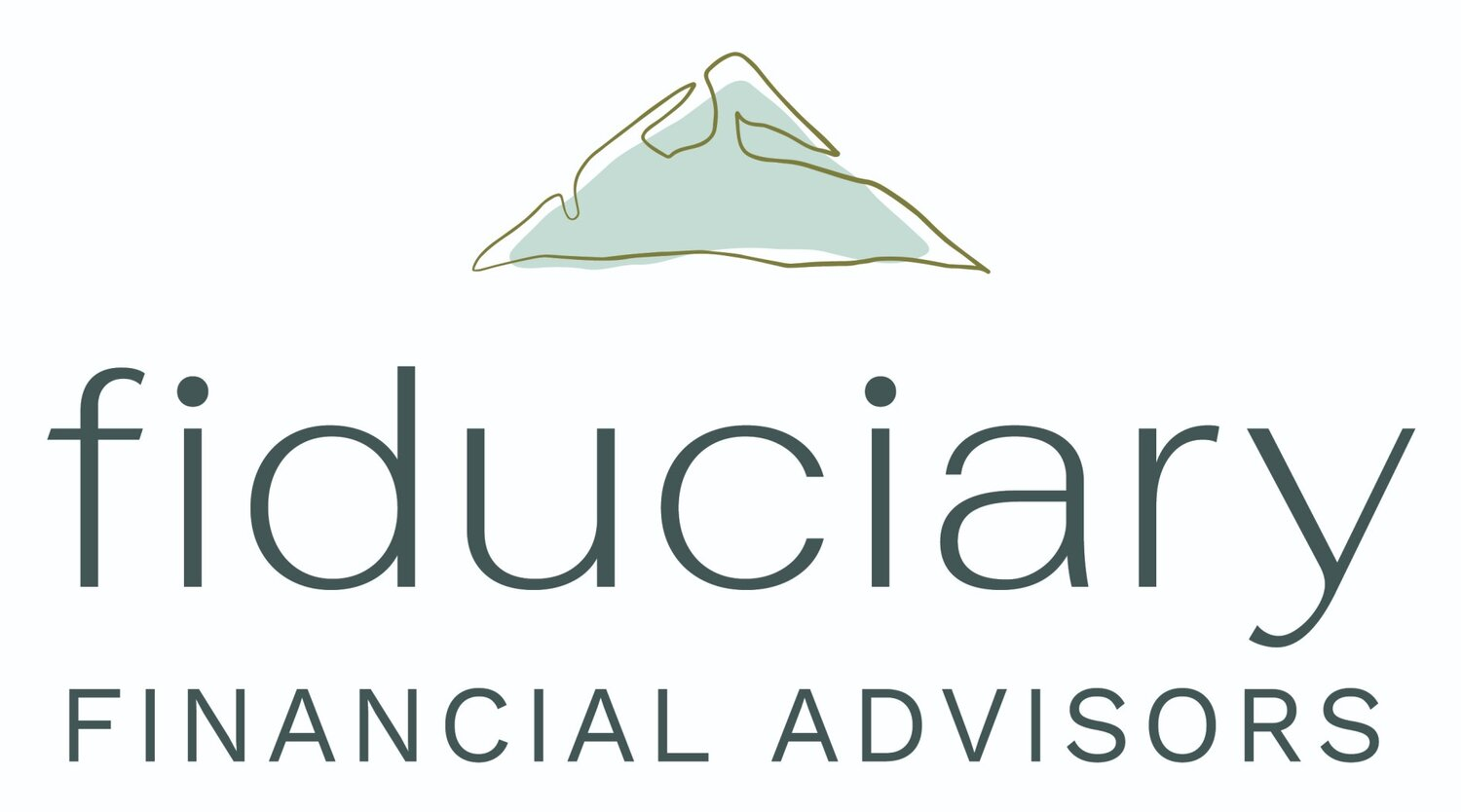There are 5 different ratings assigned based on your credit score number.
Poor is considered 300-579
Fair is considered 580-669
Good is considered 670-669
Very Good is considered 740-799
Exceptional is considered 800-850
I would recommend striving to get your credit score to at least Good and if you want the best rates and approval chances then keep going until you get to Very Good or Exceptional.
Factors Contributing to Your Credit Score
Your credit score number is calculated based on six different categories: Payment History, Credit Utilization, Derogatory Marks, Length of Credit History, Total Number of Accounts, and New Credit Inquiries. Payment history, Credit card usage, and Derogatory marks have the highest impact on your credit score so those areas would be the highest priority to focus on. Credit Age has a medium impact on your overall credit score. Total accounts and Hard inquiries have the lowest impact.
Payment History: Your goal should be to have as many on-time payments as possible. The higher the better.
Credit Utilization: Your goal should be to not use all of the credit that is available to you. The lower the percentage the better
Derogatory Marks: These include accounts in collection, bankruptcies, civil judgments, and tax liens. Your goal should be to have as few as possible.
0 is excellent
1 is fair
2+ needs work
Length of Credit History: This is the average age of all your open accounts. This goes up over time but you should be cognizant not to close older accounts that have been open for years or this will decrease.
9+ years is excellent
7-8 years is good
5-6 years is fair
0-4 years needs work
Total Number of Accounts: This is just based on the number of credit accounts you have overall. Having more accounts gives creditors more history and data to evaluate you on.
21+ is excellent
11-20 is fair
0-10 needs work
New Hard Credit Inquiries: If you keep applying for a bunch of different accounts this could be a red flag. Limiting the number of accounts you apply to can help keep your credit score high. This usually looks back over the past 2 years.
0 is excellent
1-2 is good
3-4 is fair
5+ needs work
Why Your Credit Score is Important
Some people like Dave Ramsey are totally against any debt while other people like Robert Kiyosaki say you should take out as much “good” debt as possible. Both of these are extremes and most people probably fall somewhere in the middle, using credit and some debt wisely but not going overboard.
If you are going to use debt during your lifetime then knowing what your credit score is and keeping it high should help you when you apply for a credit card or car loan, get insurance, or buy a home with a mortgage.
I use credit karma to monitor my credit score since they were one of the first companies to offer it free years ago. Nowadays there are a plethora of options to pick from. You are also able to check your full credit report for free once a year at https://www.annualcreditreport.com/index.action
If you don’t know what your credit score is currently, take some time this week to figure it out and see if there is anything you should be doing to improve it.
Sources:
Experian https://www.experian.com/blogs/ask-experian/credit-education/score-basics/what-is-a-good-credit-score/











































































A cash balance plan helps business owners save more for retirement while lowering taxes. With higher contribution limits than a 401(k) and tax-deferred growth, these plans offer major financial advantages. Employers fund the plan, providing stable benefits for employees. While they require annual contributions and administration, the tax savings and wealth-building potential make them a smart choice for high-income professionals.